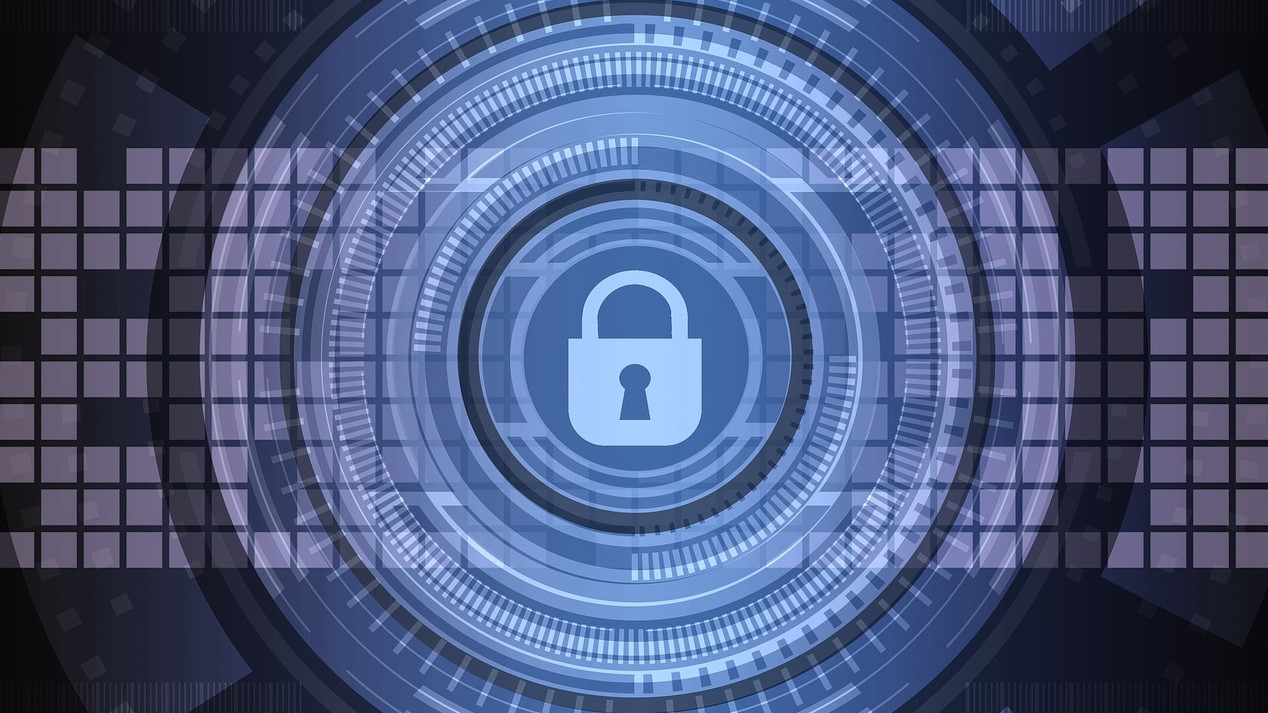
Software supply chains have evolved into intricate networks heavily reliant on open-source libraries. More organizations are increasingly outsourcing critical operations to third-party vendors, further intertwining supply chains. For instance, a staggering 98% of organizations have integrated with at least one third-party vendor compromised by breaches in the past two years.
Exploiting these supply chains, hackers orchestrate precise attacks, targeting entities with vast repositories of customer data. Consequently, even prominent telecom companies have fallen prey to cyber assaults.
Telecom providers, which serve as repositories for extensive consumer and corporate data, have emerged as prime targets. Their pivotal role in facilitating critical IT infrastructure for the energy, IT, and transportation sectors makes them indispensable. Many bad actors see telecoms organizations as a gateway to infiltrate SMEs and unsuspecting enterprises that rely on them for communications solutions.
For instance, a month after the fallout from the AT&T breach, there are hints about the trajectory of global cyber threats. As the threat landscape evolves, doubling down on getting the basics of cybersecurity right will benefit organizations of all sizes.
What lessons can we learn from large telecoms breaches?
On March 30, 2024, AT&T alerted customers that the data of 7.6 million current account holders and 65.4 million former account holders was released as part of a 2019 data set on the dark web in mid-March. The data exposed highly sensitive information, including Social Security numbers, account passcodes, and possibly email addresses, mailing addresses and phone numbers.
While the scale of these types of breaches is concerning, the impact it will have on all the organizations connected with the Telecom giant is equally troubling. With the information stolen, hackers could launch tailored, sophisticated phishing emails to target hundreds and thousands of companies.
For instance, if a cybercriminal gains access to telecom customer data containing email addresses or phone numbers associated with employees of a particular organization, they could use that information to launch targeted phishing campaigns. These campaigns might include personalized messages or fraudulent emails designed to persuade employees to reveal sensitive information or install malware on their devices.
Furthermore, if telecom customer data included information about an individual's device or network configurations, it could potentially be used to exploit vulnerabilities in the wider system architecture.
The new cybersecurity reality
This kind of threat is here to stay, so organizations must double down on cyber hygiene basics to protect against supply chain attacks. As hackers refine their techniques for breaching supply chains and targeting critical infrastructure, companies need to fortify their defenses to thwart potential attacks within their own systems. This requires that organizations focus on basic cybersecurity hygiene best practices and ensure they do these well.
Start by enhancing visibility within your network environment. This is paramount to mitigating threats promptly. Then implement robust centralized logging and monitoring solutions to track user activity and ensure seamless communication among systems and security controls. Real-time data analysis empowers security professionals to pinpoint suspicious activities or irregular traffic patterns, thereby identifying and minimizing the impact of security incidents.
Building forensic capabilities is essential for organizations to investigate security breaches and uncover the root causes of cyberattacks, especially in instances where their or their employees' data is compromised due to a supply chain breach. The intricate nature of third-party connections complicates the identification of entry points. Organizations can mitigate the repercussions of supply chain attacks by establishing protocols to gather detailed forensic evidence, streamline incident analysis, identify vulnerabilities, and promptly enact remedial measures.
Conclusion
As evidenced by the recent AT&T breach and its far-reaching implications, the importance of basic cyber hygiene cannot be overstated. Supply chain attacks are on the rise, posing significant threats to organisations of all sizes. By prioritizing fundamental cybersecurity practices, such as robust logging, monitoring, and forensic capabilities, companies can bolster their defenses against evolving cyber threats.
Investing in these measures not only protects against potential breaches but also enhances overall resilience in the face of increasingly sophisticated attacks. Embracing a proactive approach to cybersecurity is paramount in safeguarding both organisational assets and the sensitive data of customers and partners. As the digital landscape continues to evolve, the adage remains true: prevention is indeed better than cure.
We've listed the best identity management software.
This article was produced as part of TechRadarPro's Expert Insights channel where we feature the best and brightest minds in the technology industry today. The views expressed here are those of the author and are not necessarily those of TechRadarPro or Future plc. If you are interested in contributing find out more here: https://www.techradar.com/news/submit-your-story-to-techradar-pro







